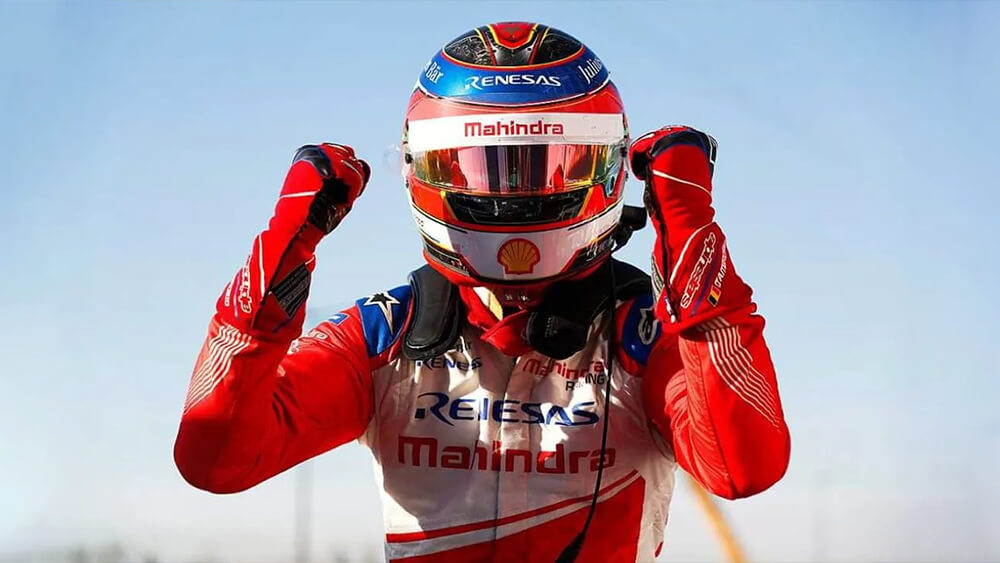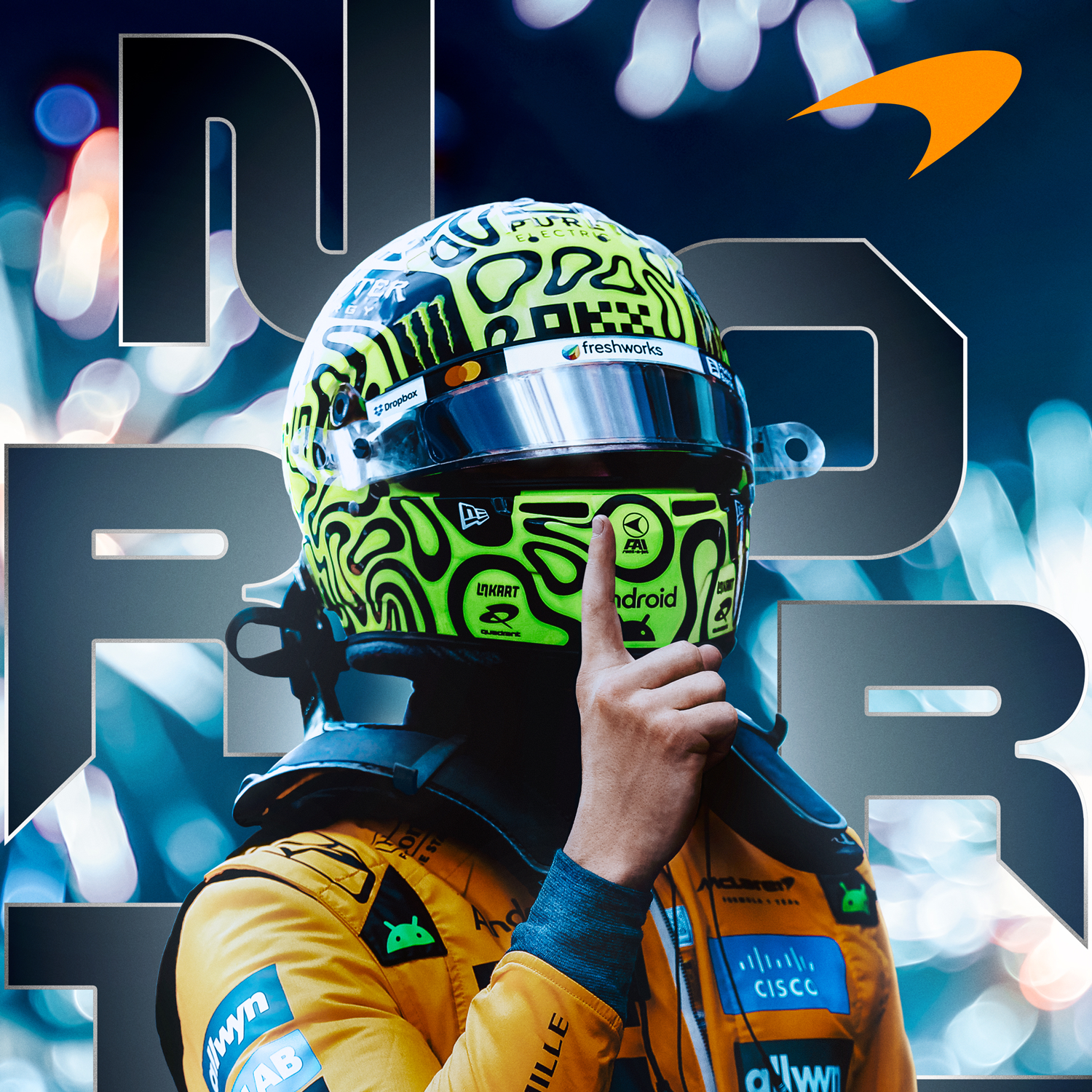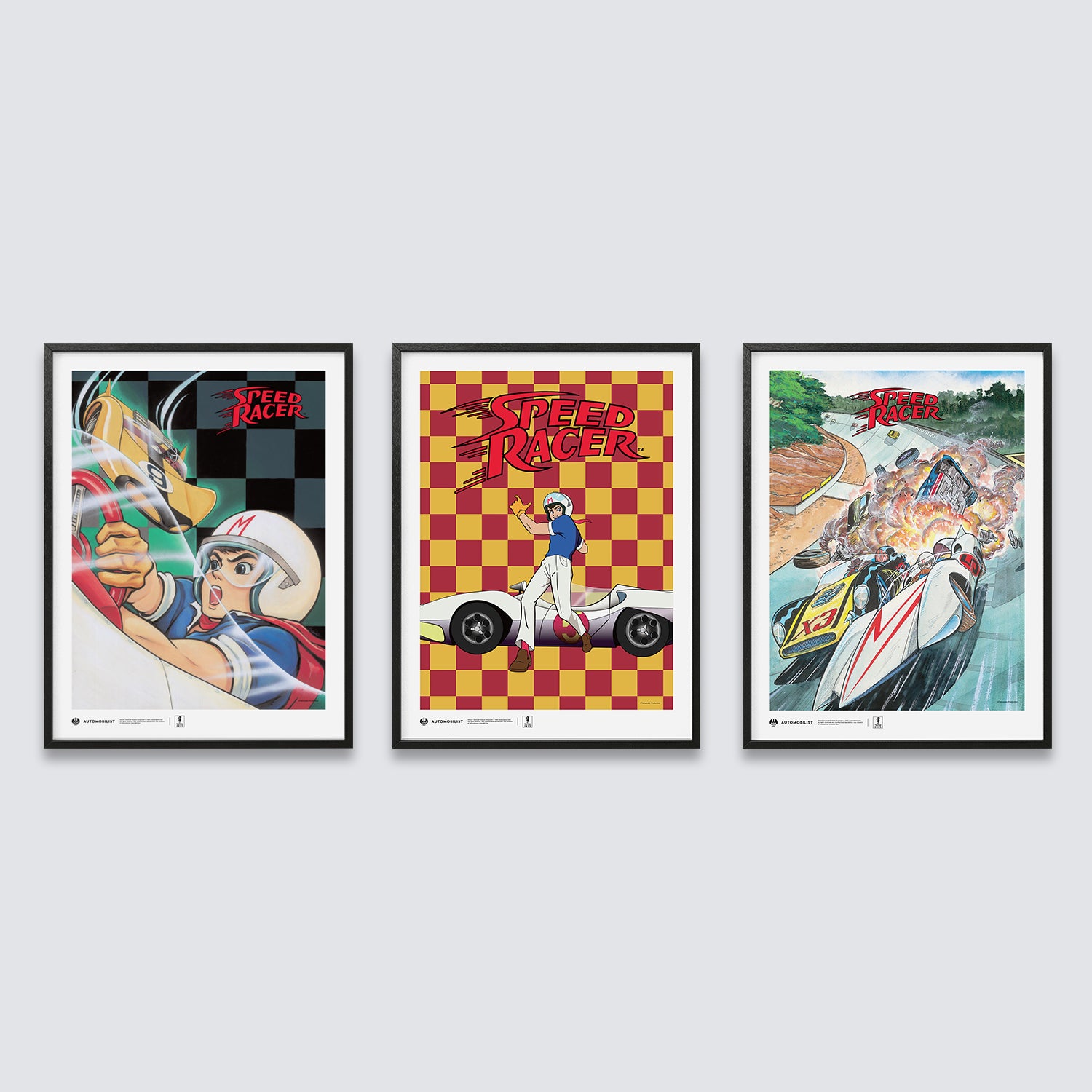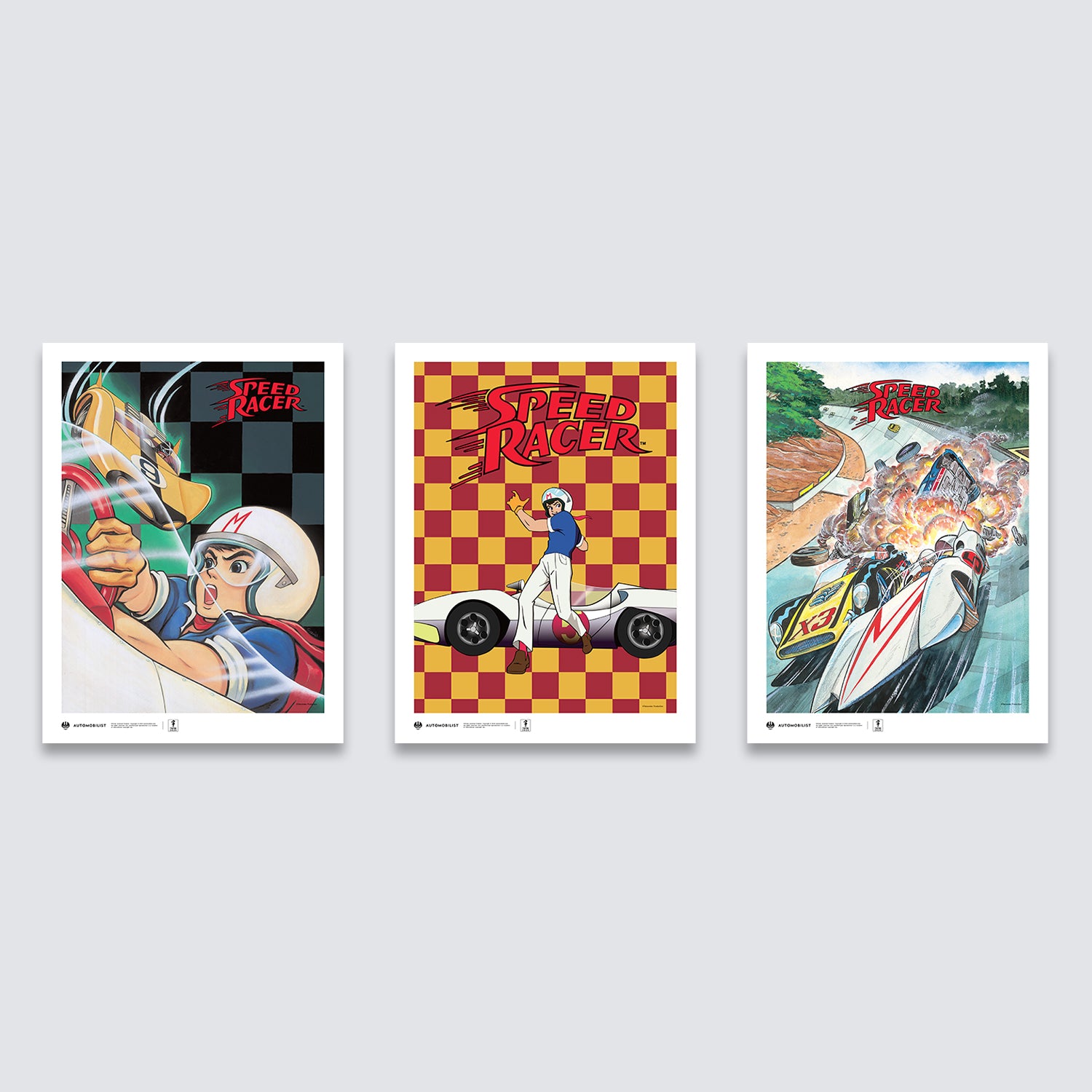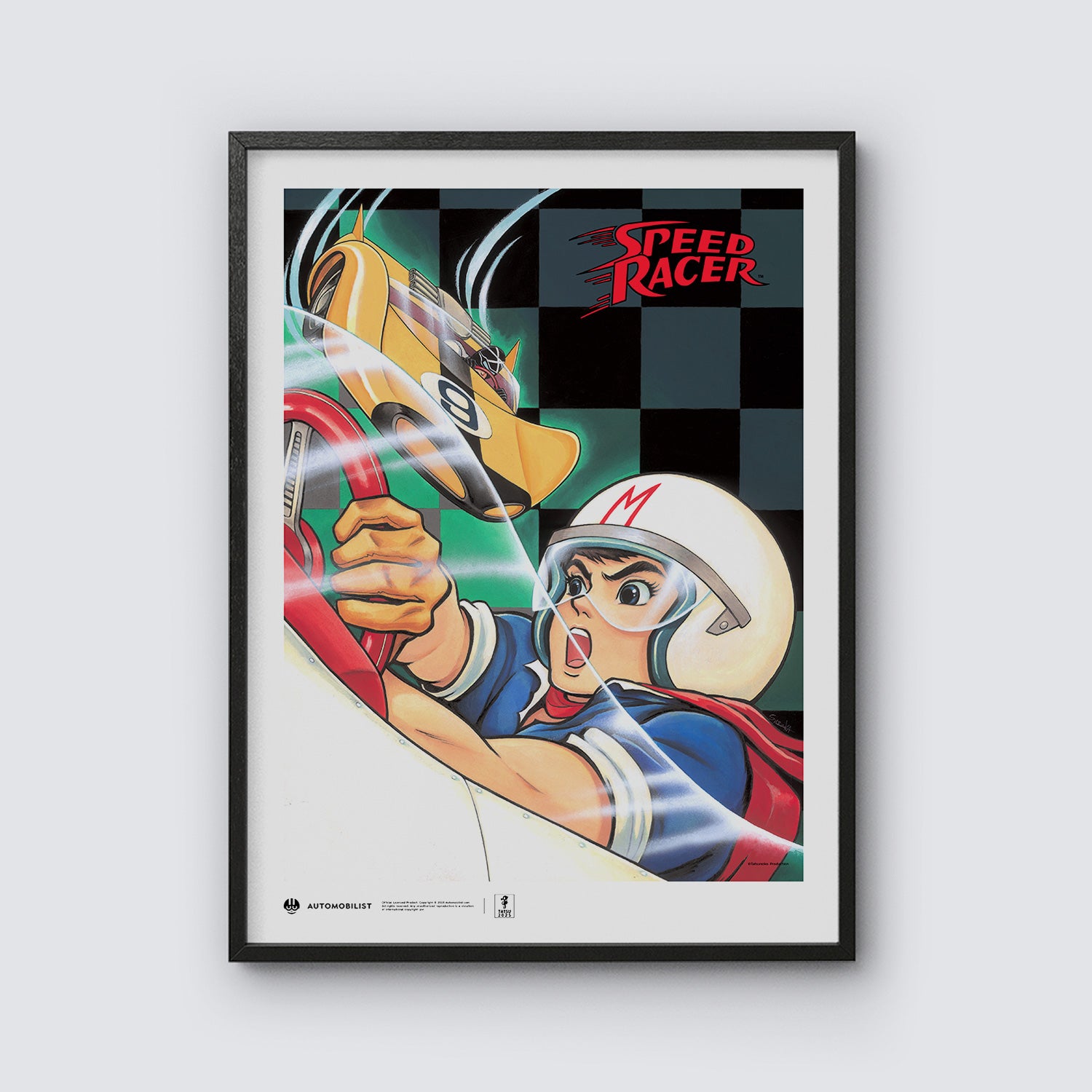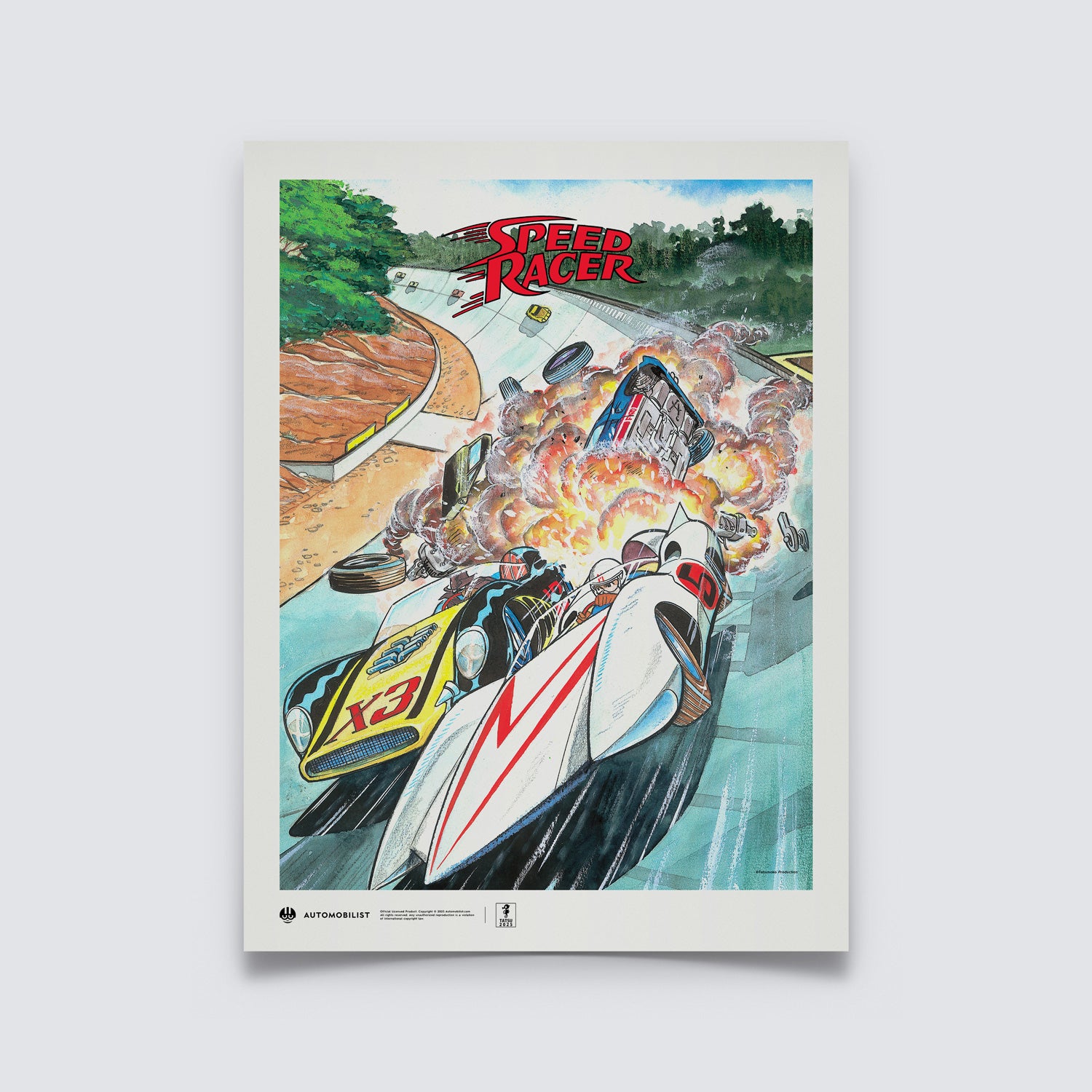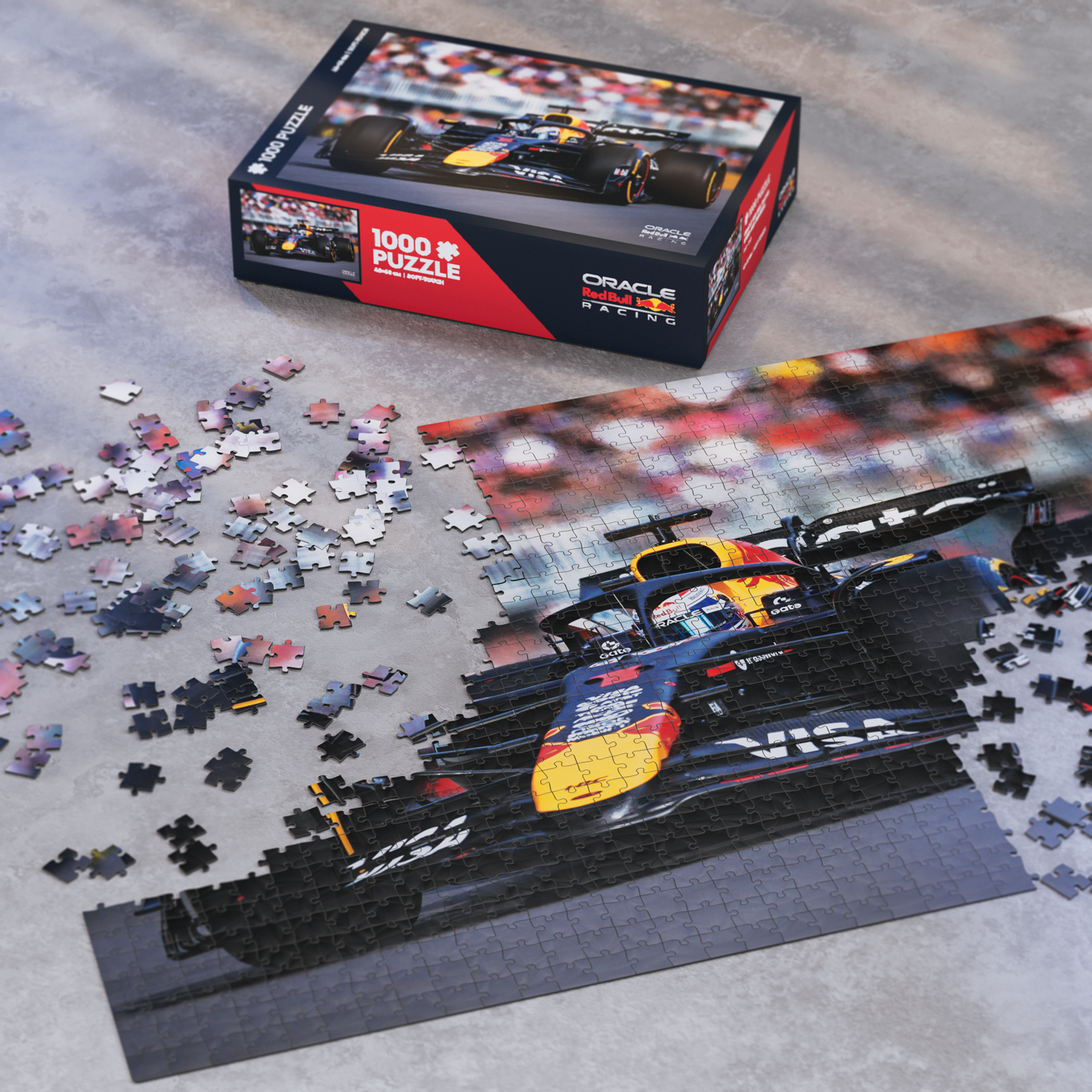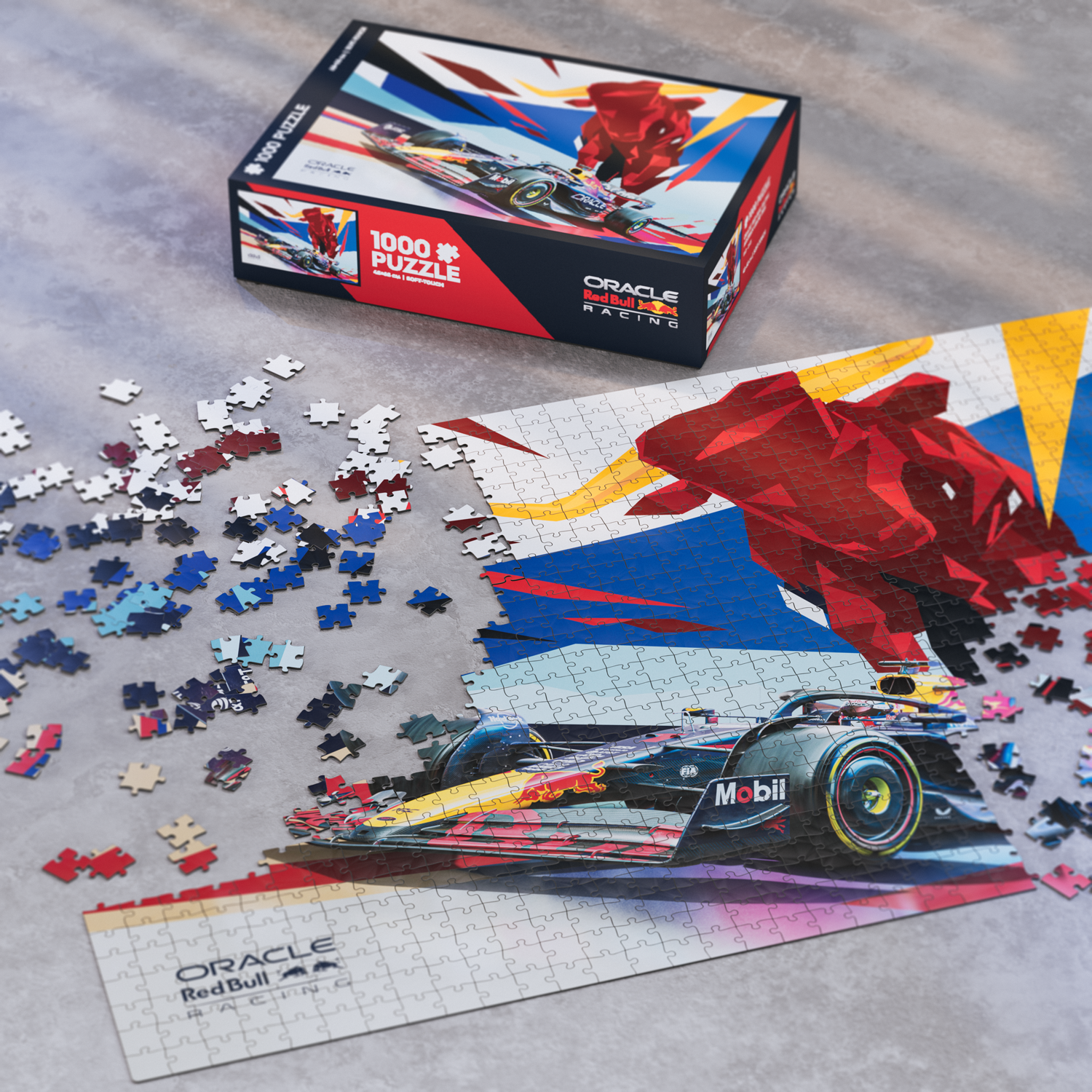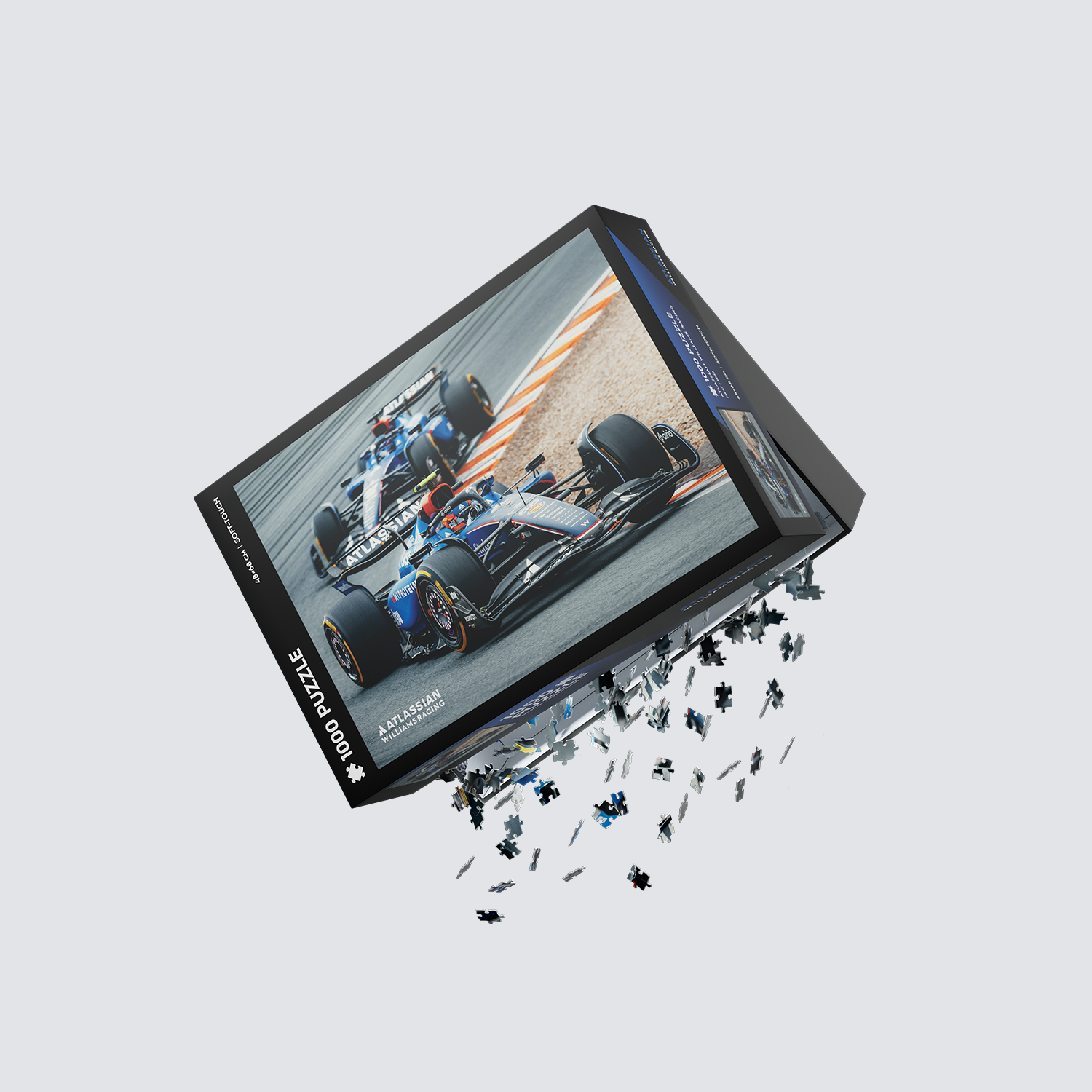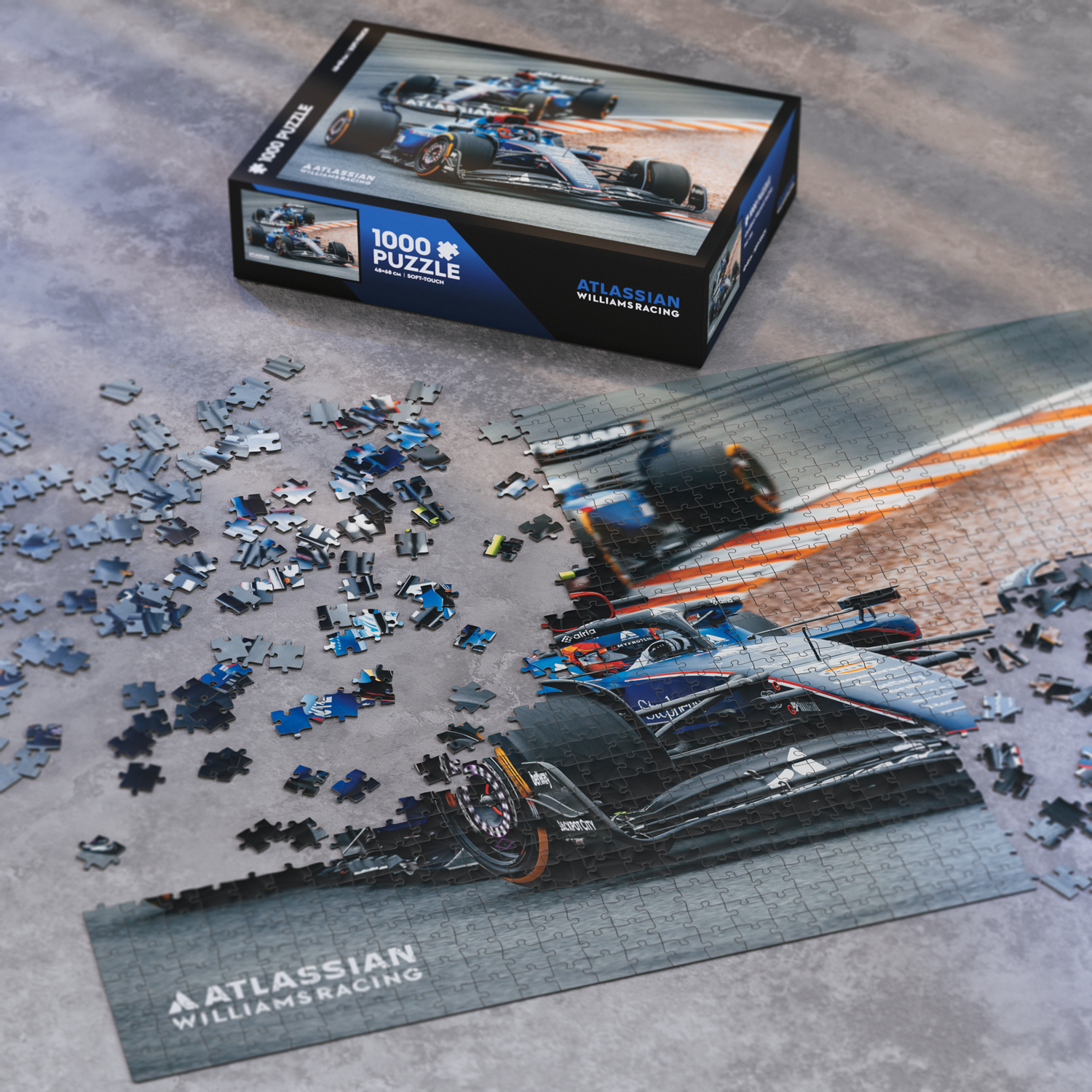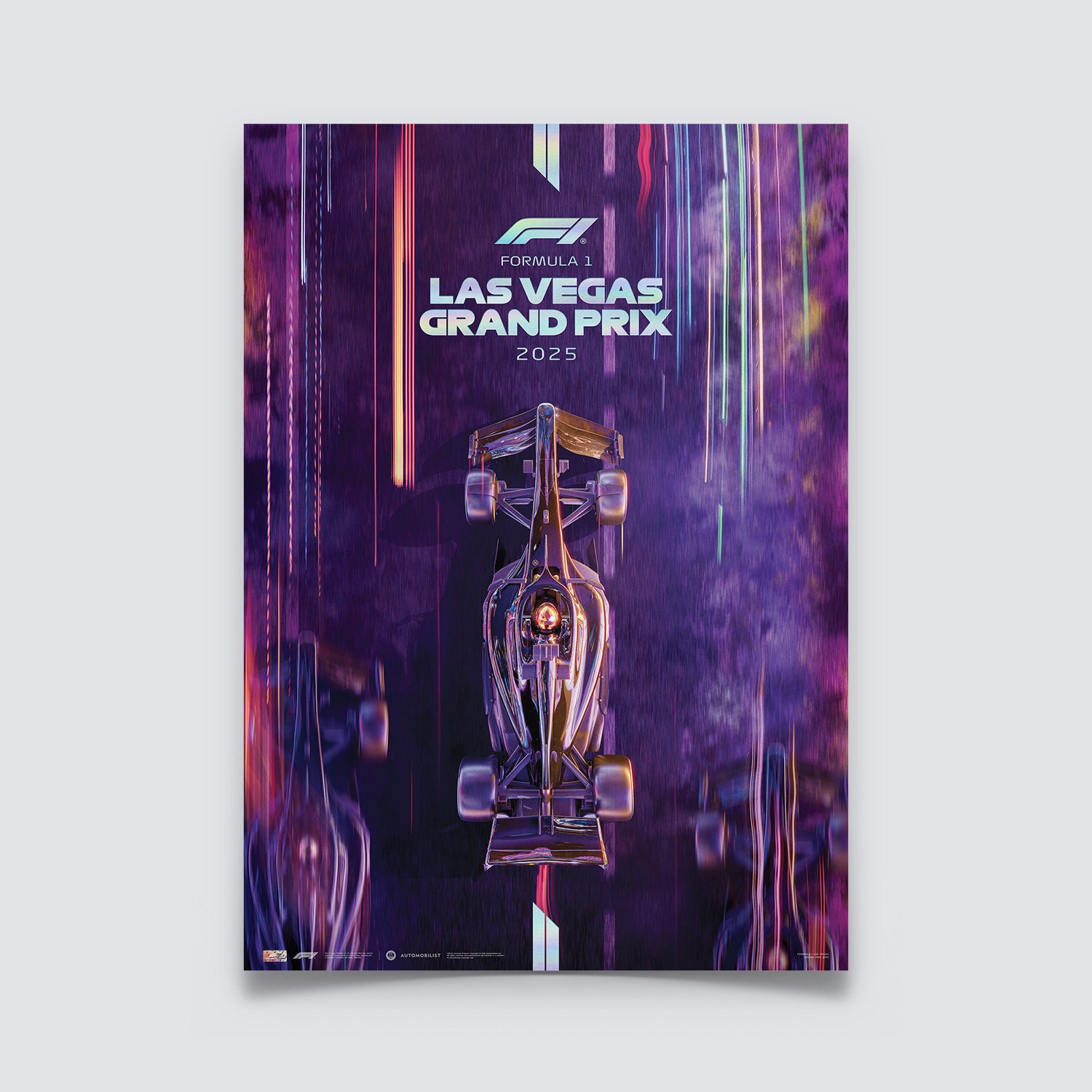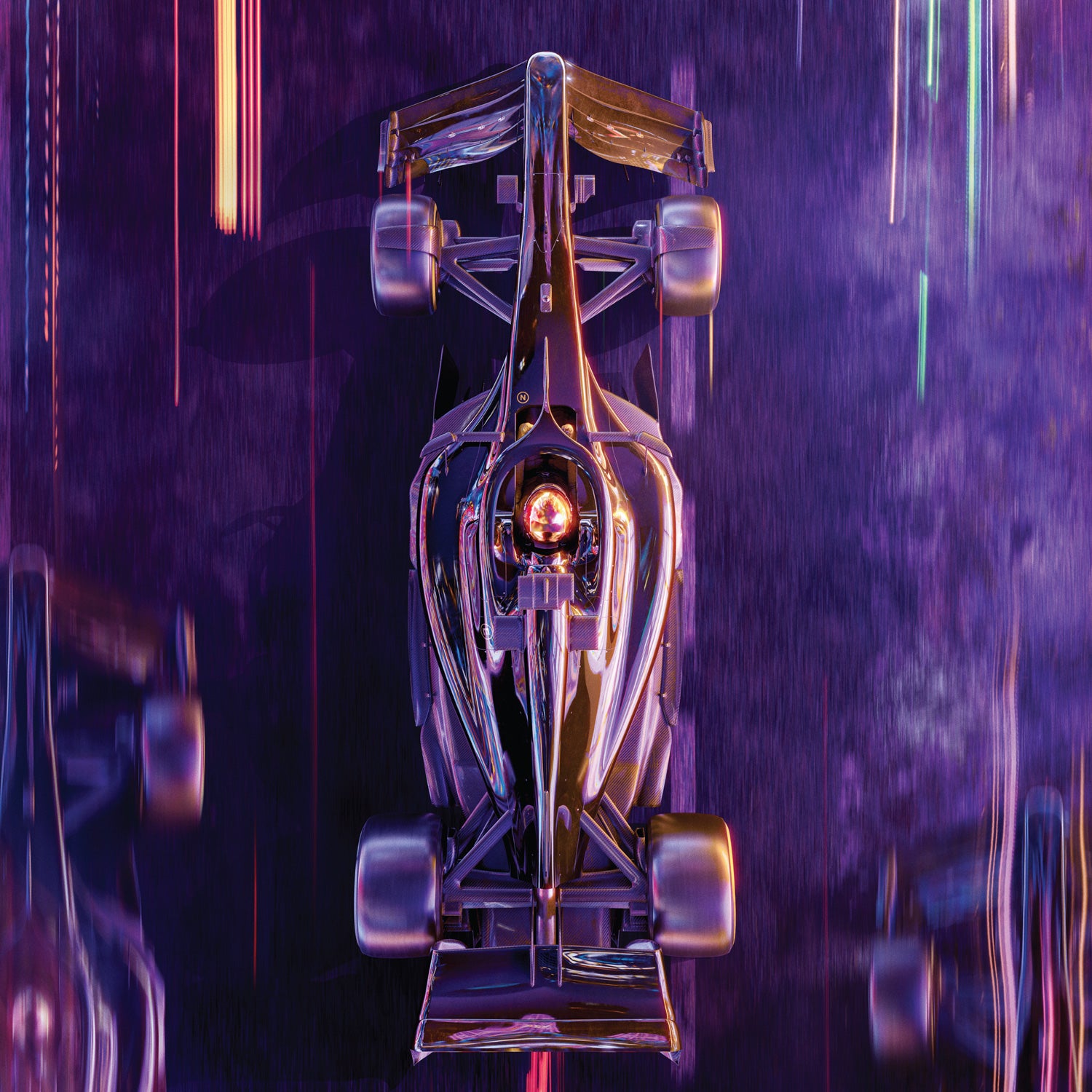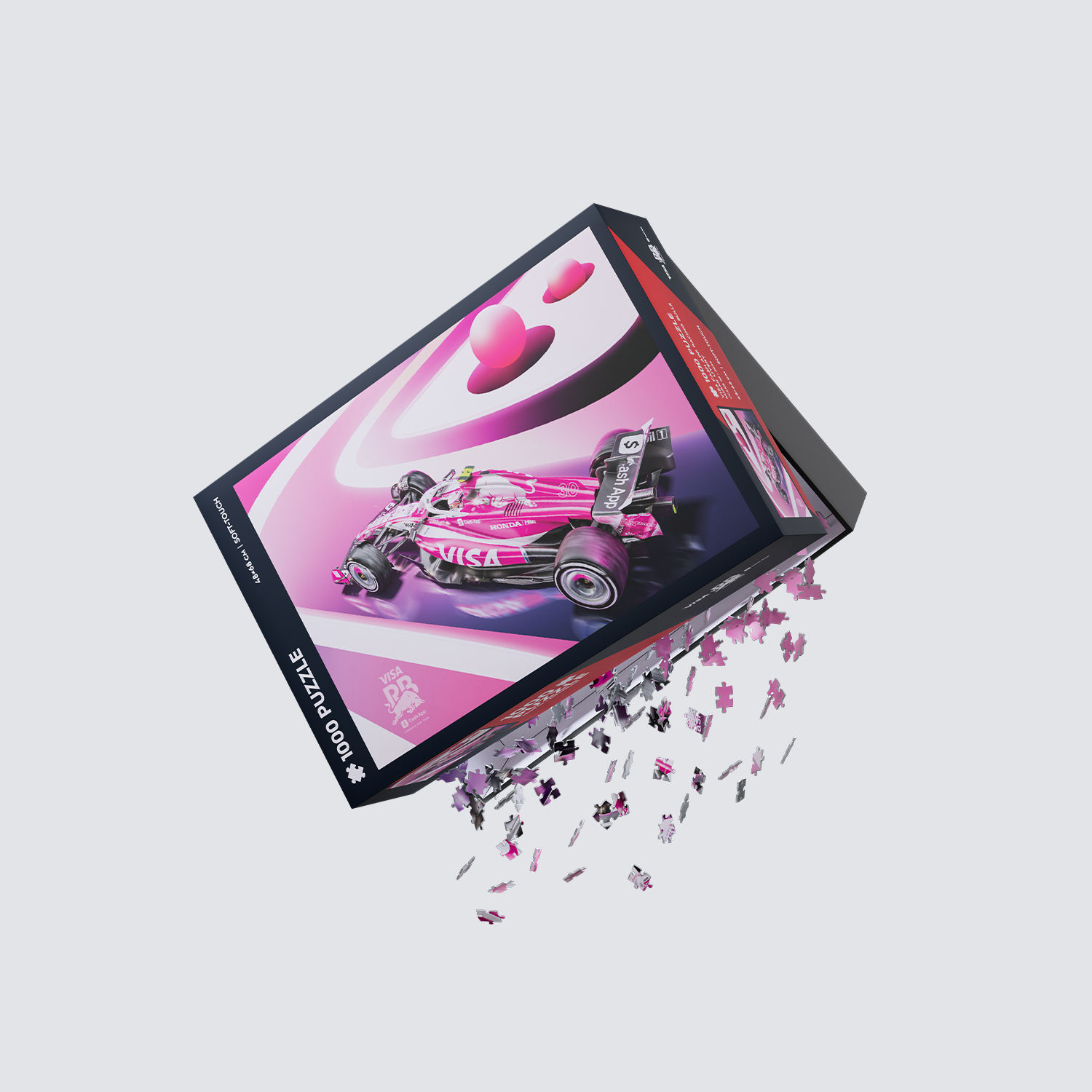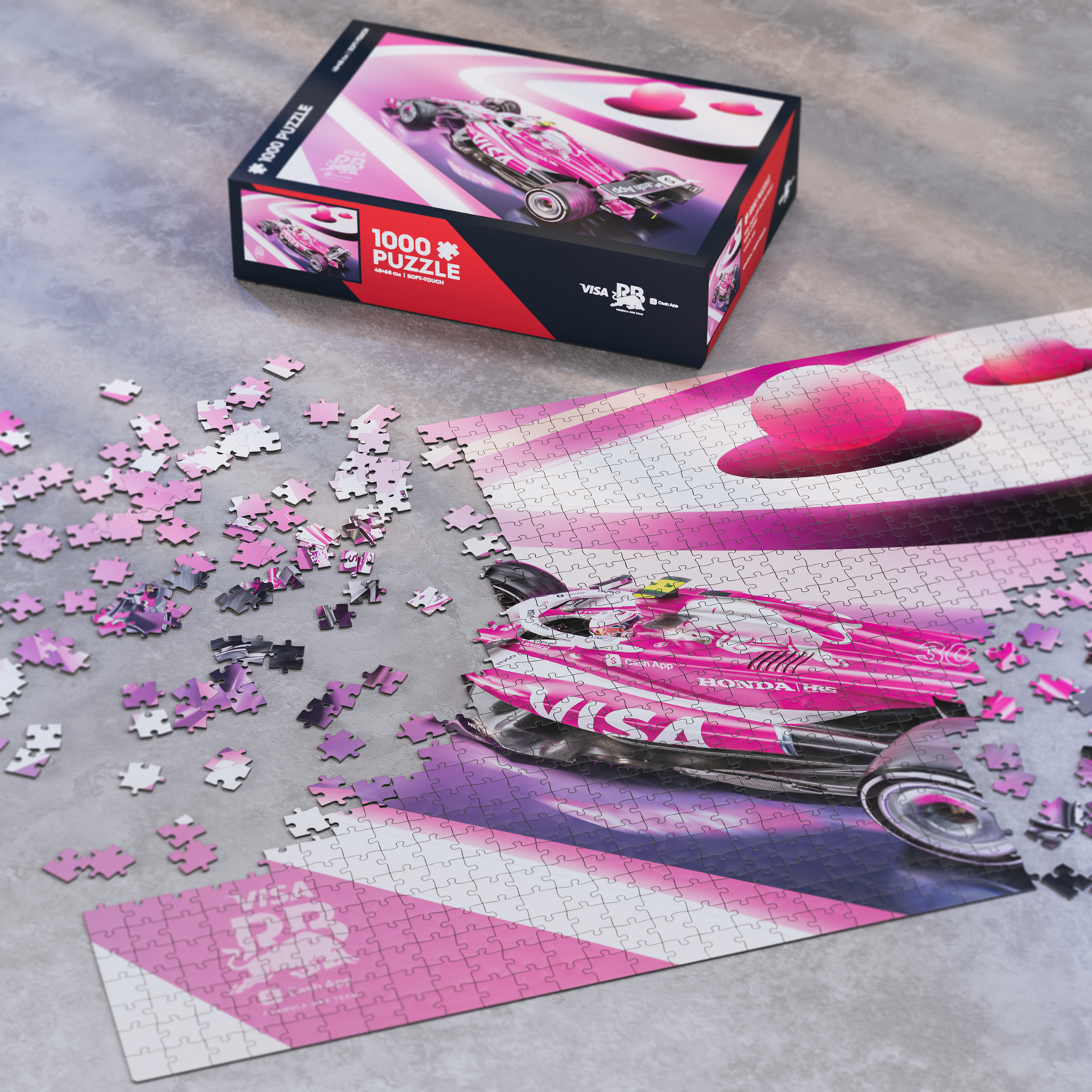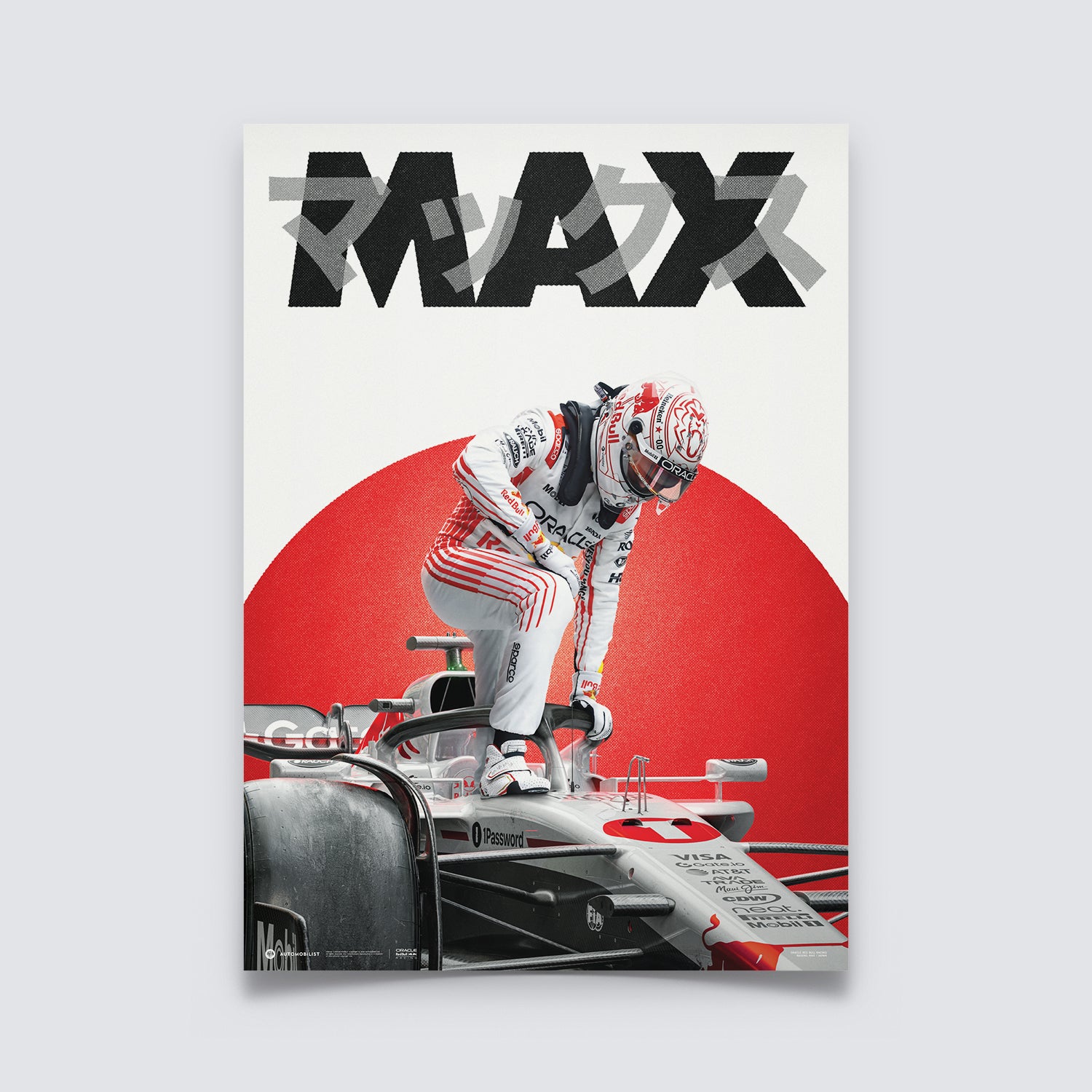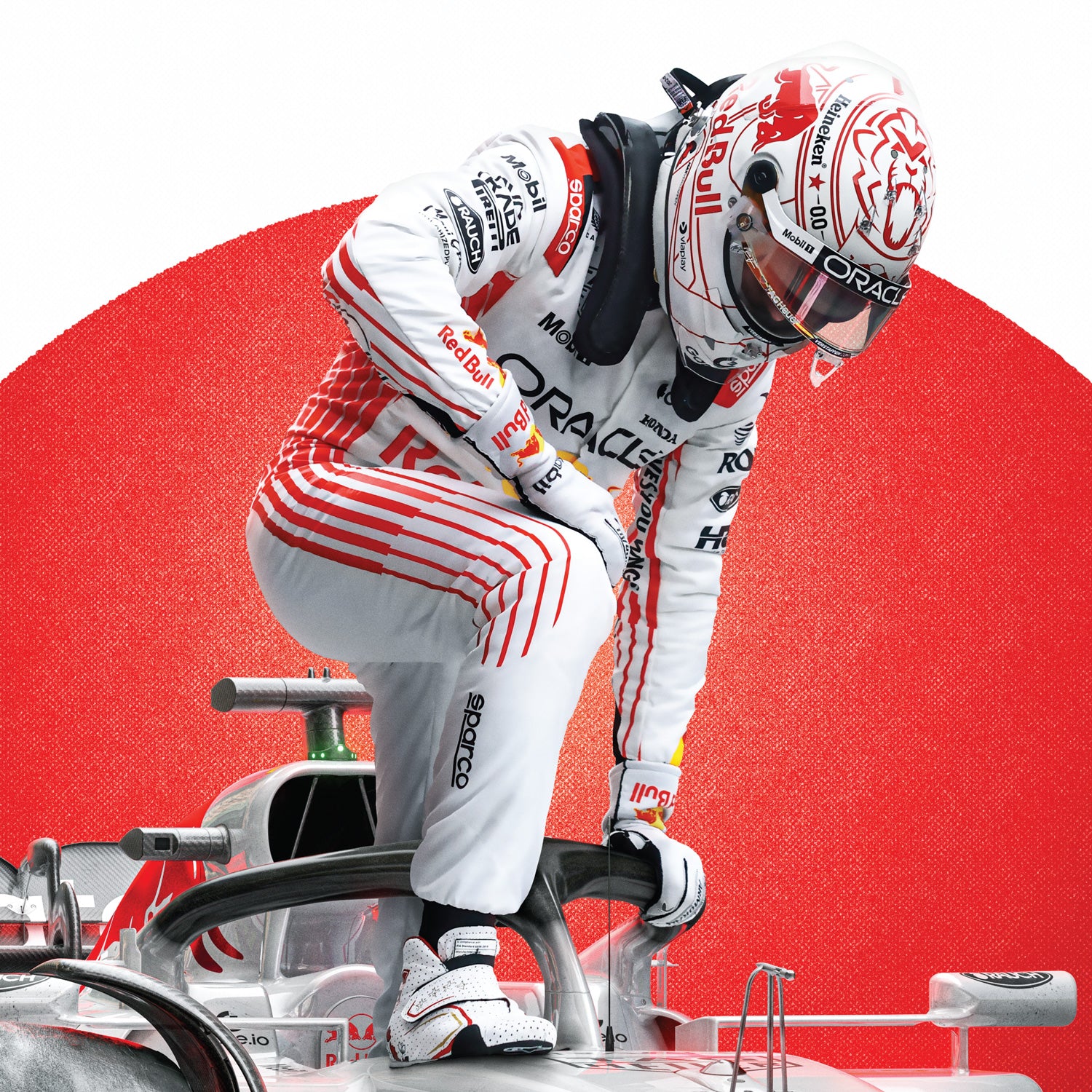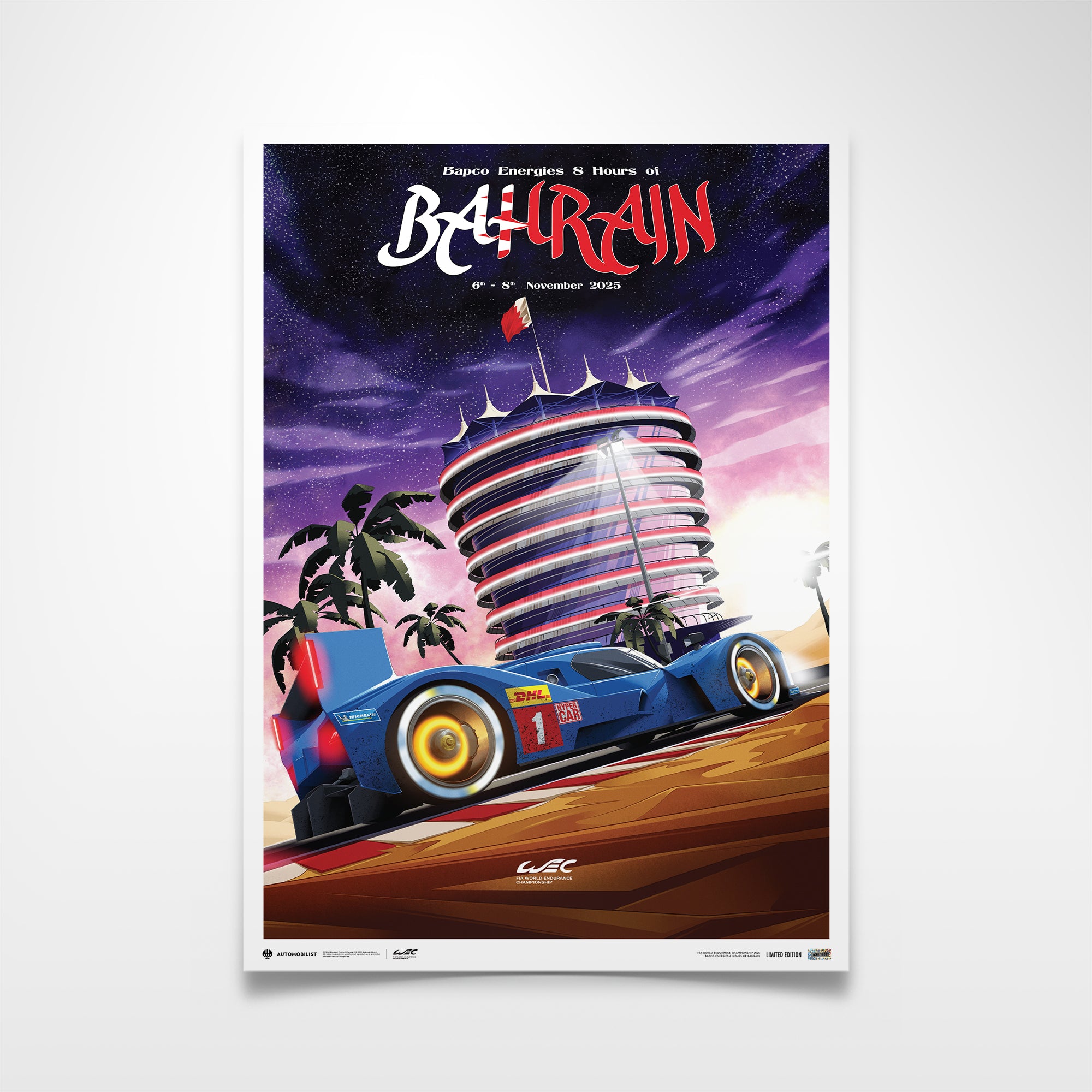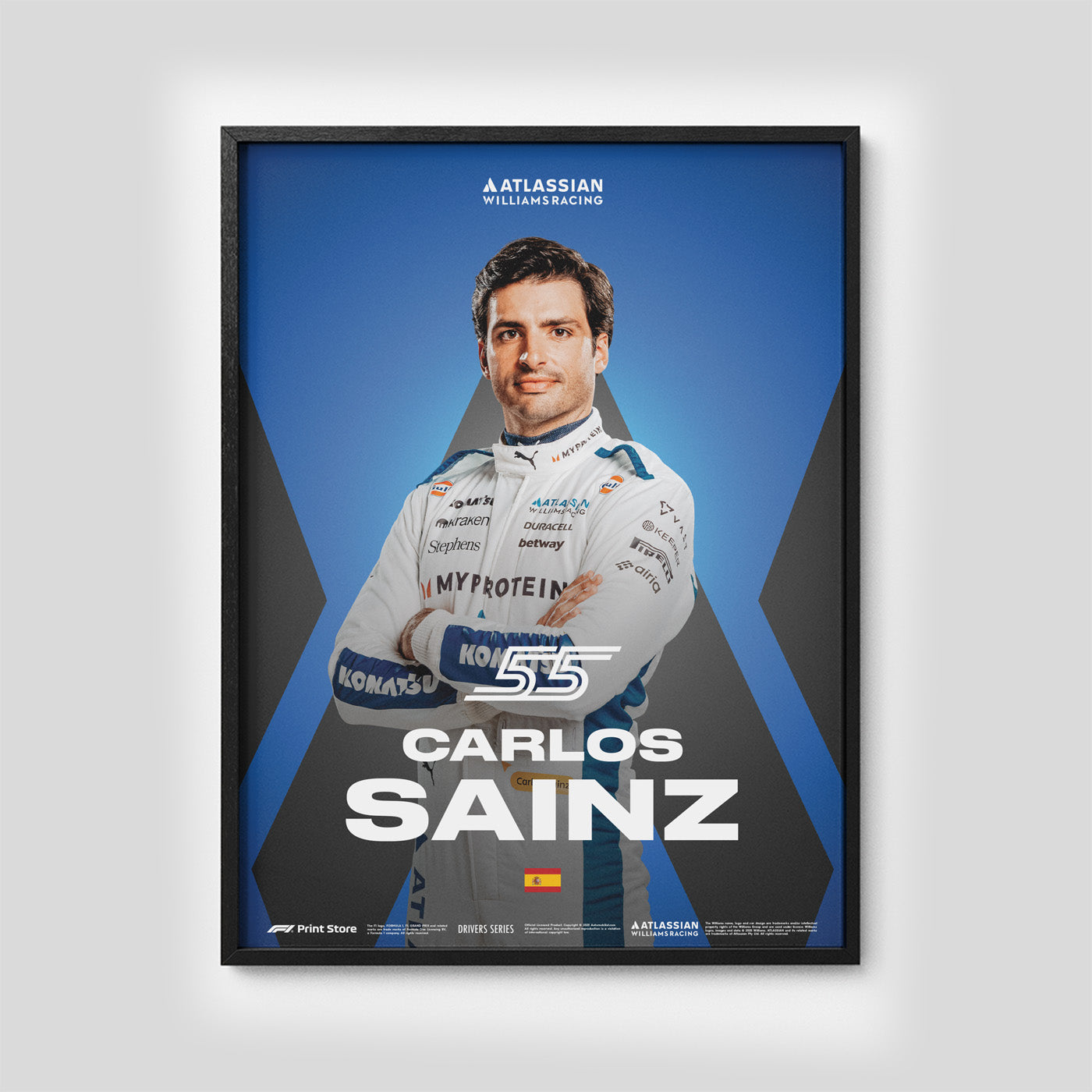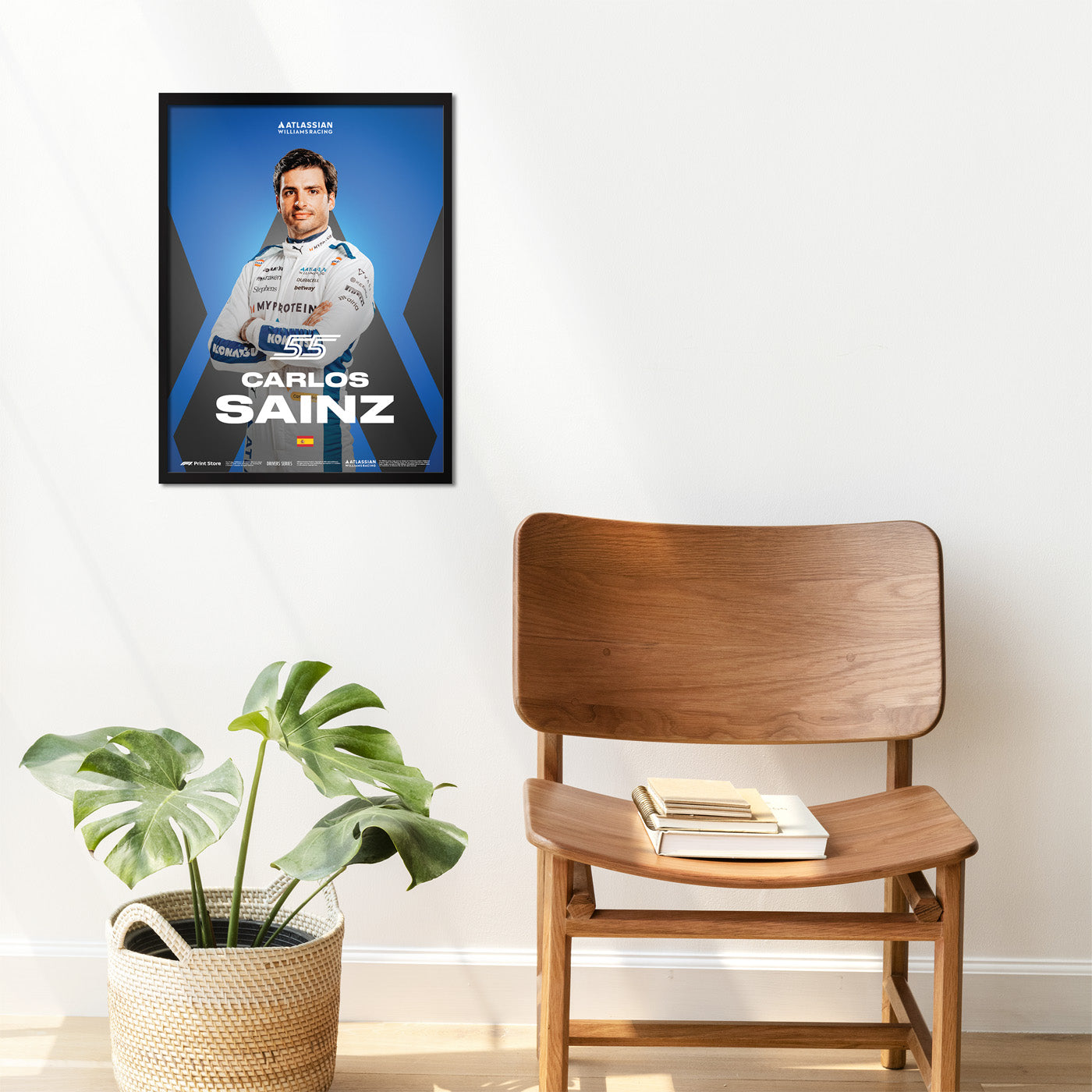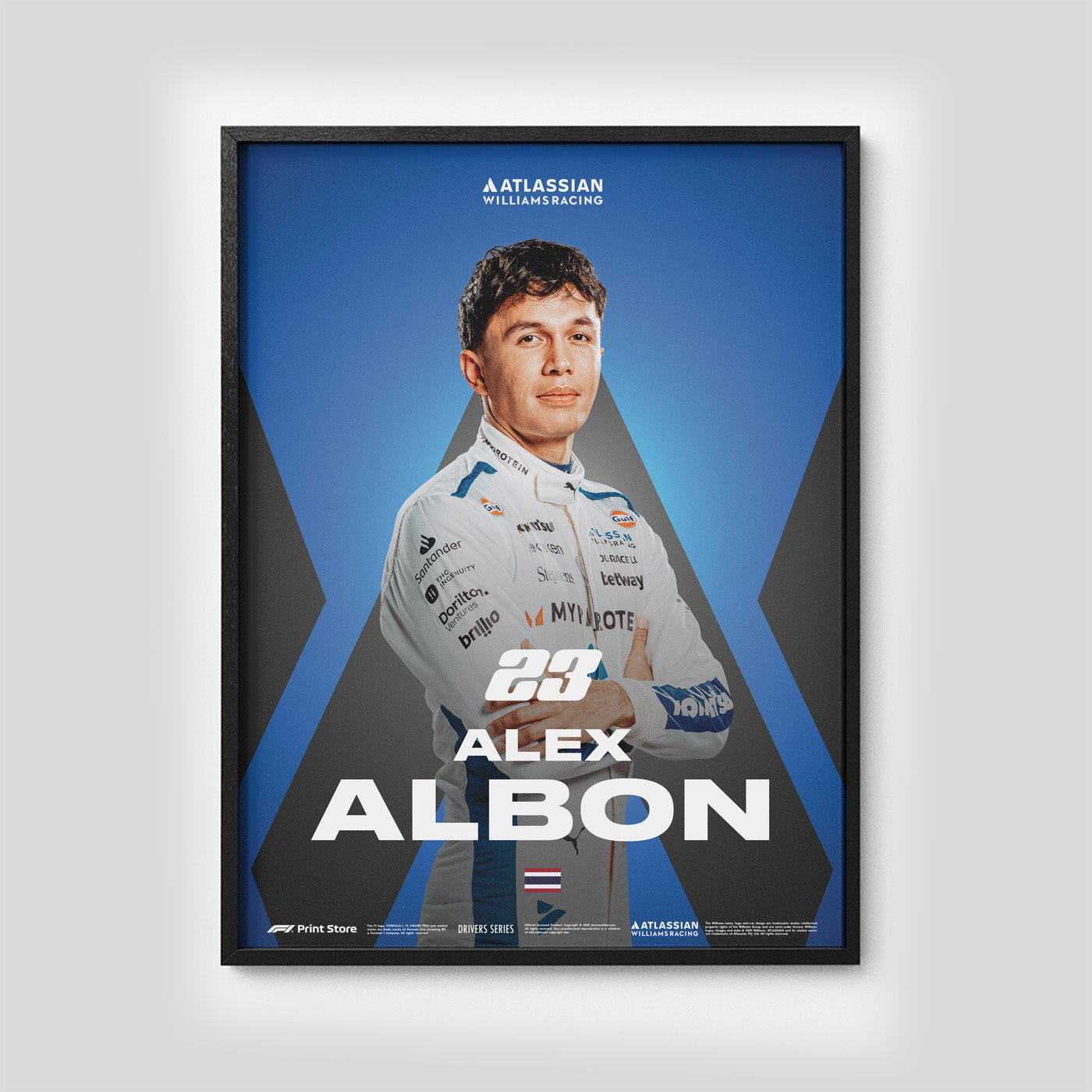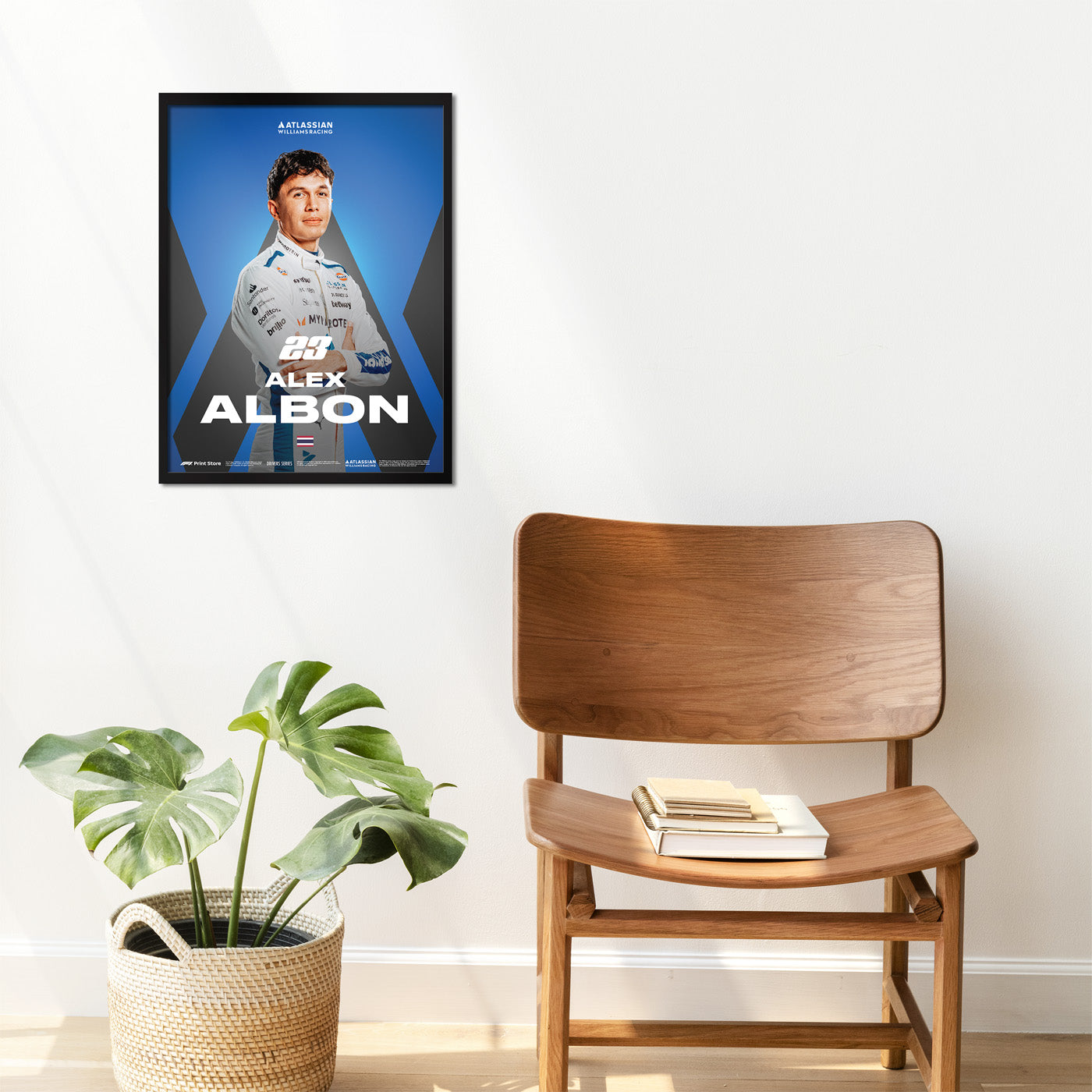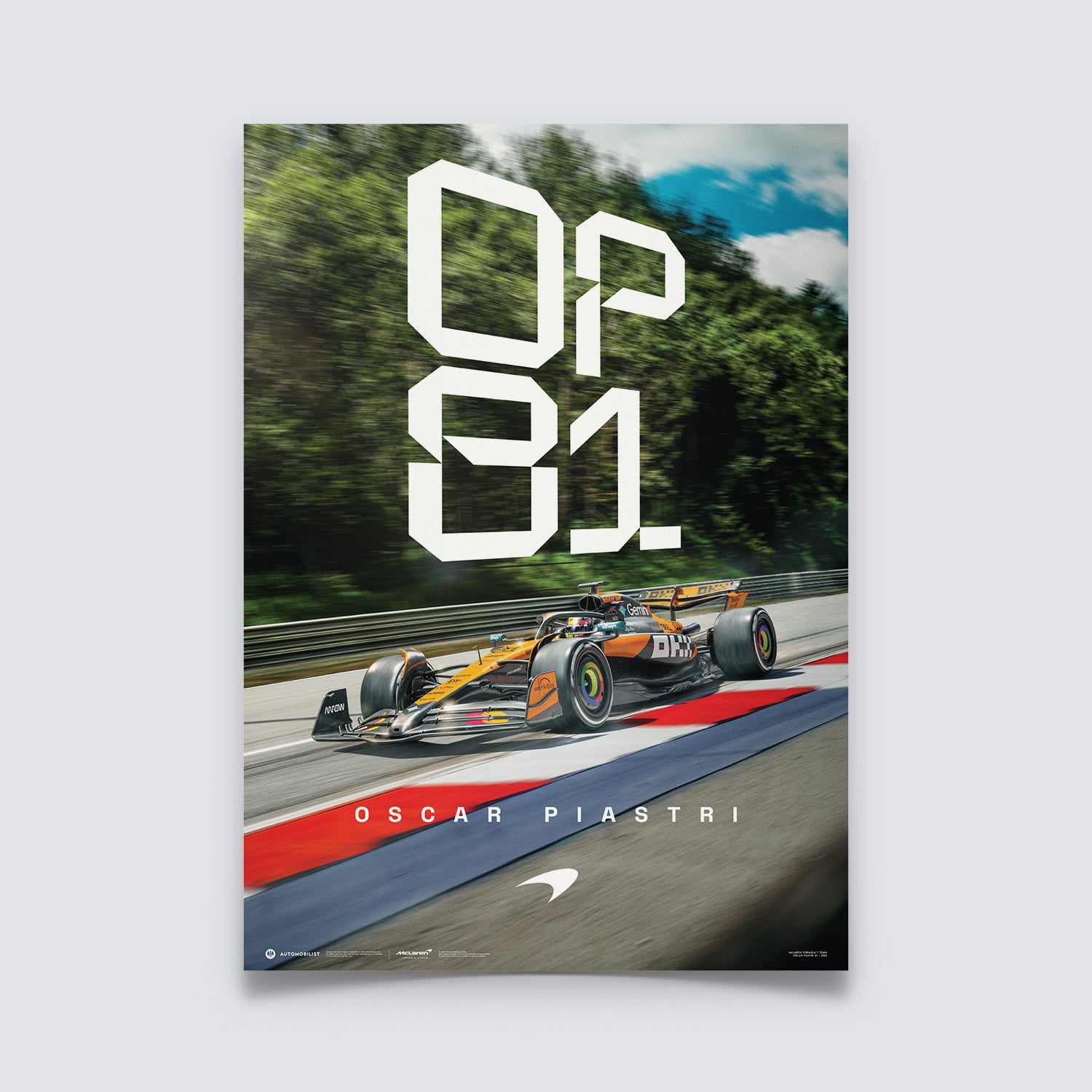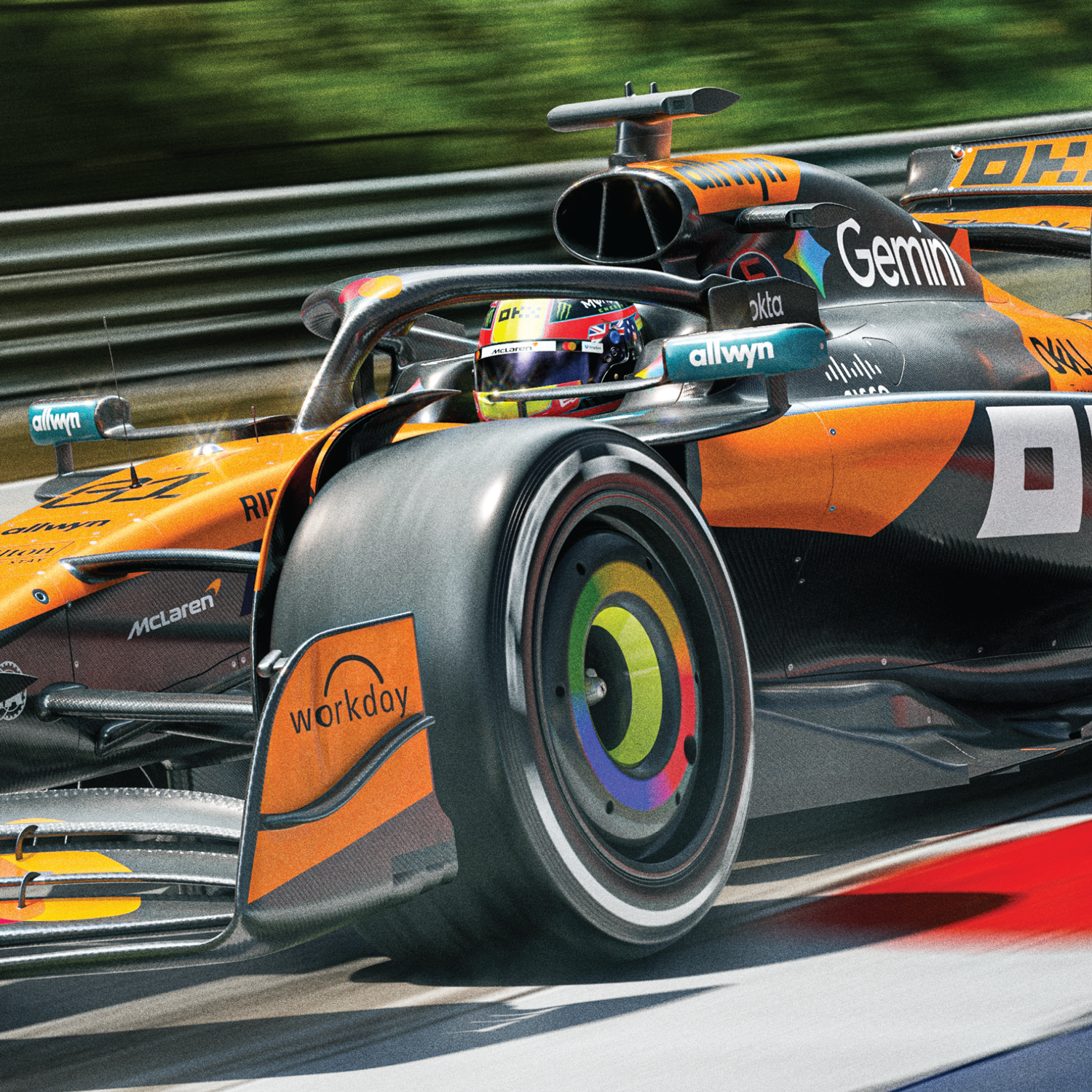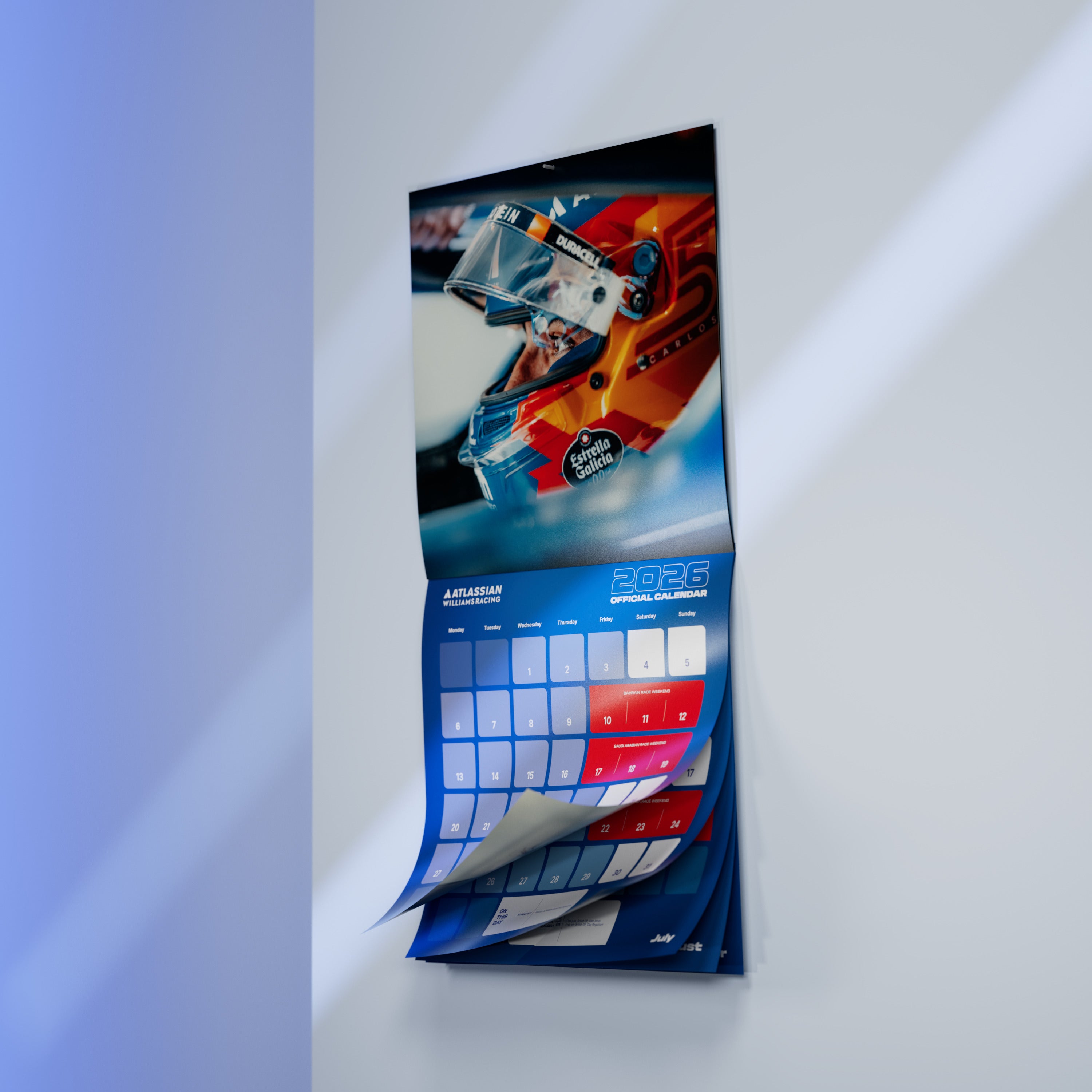In 2011, the FIA considered a bold question: would fans flock to a new racing series designed to create a cleaner world by demonstrating the potential of electric vehicles? Nine years later, the answer is clear. Formula E has gone from ambitious startup to global brand, with 12 teams, 24 drivers, and some of the biggest names in motorsport. Automobilist recently spoke with one of the Championship’s most experienced drivers, Mahindra Racing’s Jérôme d'Ambrosio, about his transition from Formula One, his slow start this season, and why he never leaves the water running at home.
AUTOMOBILIST: YOU'VE DRIVEN IN EVERY FORMULA E RACE SINCE THE SERIES STARTED IN 2014, MAKING YOU ONE OF THE MOST EXPERIENCED DRIVERS IN THE ALL-ELECTRIC STREET RACING SERIES. WHAT CHANGES HAVE YOU SEEN IN THE CHAMPIONSHIP SINCE IT BEGAN SIX YEARS AGO?
Jérôme D'Ambrosio: Formula E was a startup in 2014. We rocked into Beijing [for the first-ever race] with no idea what was going to happen. It was just like, ‘O.K. let’s race.!’ We knew what the intentions were for the championship and the technology at the center of it. We also had goals to reach the public in a different way, to reach out to millennials, to younger people. But as I said, we showed up in Beijing [with many unanswered questions, like] not knowing if we had to do warm up laps. We did one; it lasted less than five minutes. Then, for the next race, they cut the warmup laps. Things just evolved by trial and error.
We've come a long way since then. Within six years Formula E has become a championship with the most manufacturers in the world – including Mahindra, Porsche, BMW, Audi, Mercedes, and Jaguar. Another thing: six years ago, a lot of ex-Formula One drivers came in and it was seen as a championship that was post-Formula One. It was not yet established as a championship that would be a target for young drivers. That’s changed now. For instance, the Formula Two champion last year [Nyck de Vries] didn't go to Formula One as a reserve driver or driver. He came to Formula E.
Then there’s the technology. The numbers we get now with the drivetrain in terms of efficiency, we're reaching close to 97%. The battery – double the distance for more power. So, in every possible way, the championship has evolved.
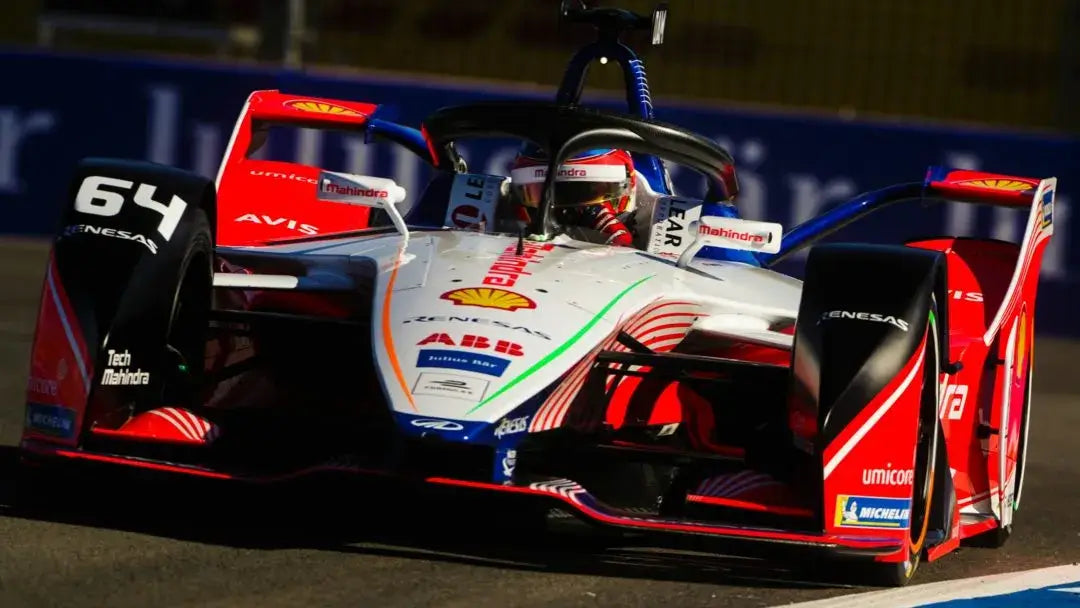
AUTOMOBILIST: HAS THE DEVELOPMENT OF FORMULA E RACING CARS CONTRIBUTED TO MAKING BETTER ELECTRIC ROAD CARS?
D'Ambrosio: Yes, it has, everything from the powertrain to the software. It is technology that can be applied to normal road cars.
AUTOMOBILIST: THESE TECHNOLOGICAL CHANGES ARE HAPPENING QUICKLY, AND EVERY YEAR SEEMS TO BRING SOMETHING NEW. HOW HAS THE SPEED OF INNOVATION IN FORMULA E AFFECTED THE WAY YOU RACE?
D'Ambrosio: For example, during the first four seasons, we had two cars per race and mid race we had to switch cars. Now [thanks to battery improvements] we have one car. That changes the strategy. We also have to give fans a show; fans want to see racing, and racing happens when different scenarios occur. What Formula E came up with is something called “Attack Mode.” Twice or three times per race, depending on the track, we have to [drive out of line], which gives us extra power and can be activated for three laps. Obviously, [driving out of line] means we lose a bit of time, but with the extra power we can catch up and overtake. Then the other guy does it and this creates overtaking, and entertainment.
The message that we're trying to share is that the technology is getting better every day. We have a car now that goes further, that is just better in terms of efficiency, in terms of range. We don't have to change cars anymore, there's no more pit stop, but we created that uncertainty in the race with another element – Attack Mode.
AUTOMOBILIST: WHAT ARE SOME OF THE KEY DIFFERENCES BETWEEN DRIVING A FORMULA E CAR AND A FUEL-POWERED SINGLE SEATER?
D'Ambrosio: Diving it flat out, it's not drastically different. But the cues that you get, the feelings that you get, they are a bit different. What I mean by feeling are the noises that you hear and the relationship with the car. In a petrol-driven car, it's predominantly the noise of the engine that you hear. And that's really what drives a lot of your feedback. In an electric car, you hear the sound of the wind. You do hear the electric motor, but you also hear a wheel locking up, you hear the car bottoming out, things that you don't hear in a Formal One car. [In Formula E] I feel even more at one with the car because I'm really hearing every possible part of the car.
That said, what you do physically in the car, it's very similar. The biggest difference is in the race. What you're trying to do in Formula E is optimize energy versus performance. If you go flat out, you won't finish the race, and race distances are planned with that in mind. We need to manage energy to go as fast as we can but in the most efficient way. In other words, in Formula E we’re always trying to find that balance between energy recovered versus lap time.

AUTOMOBILIST: WHY DID YOU DECIDE TO GO FROM FORMULA ONE TO FORMULA E, ESPECIALLY WHEN THE ELECTRIC SERIES WAS REALLY IN ITS INFANCY?
D'Ambrosio: I had opportunities in Formula One that were not the ones I was looking for. Formula E came about and it just made sense – the values of the championship, what they were trying to achieve, it just all of a sudden made this sport relevant to me again. At times it had felt that motorsport wasn't always relevant for me, and Formula E ticked all the boxes to change that.
AUTOMOBILIST: WHAT DO YOU MEAN BY “RELEVANT”?
D’Ambrosio: Being in Formula One meant that I could meet everyone; it wasn't a problem to get a meeting [to discuss sponsorships]. But in a lot of cases, the response was, 'It's amazing, we love what you do, you are a Belgian guy making it in Formula One, it's amazing for the country, for this and that. But, we're not sure we can associate ourselves to [F1] in today's era.' With Formula E, [sponsorships] come into the CSRs (corporate social responsibility programs) of companies. Formula E is a different product. We're doing the same thing, but we're using different technologies with perhaps different purposes. That means that new sponsors have come on board, and now, we have a financially healthy property.
I'm not saying that Formula One isn't healthy; obviously Formula One is big and works really well. But at the team level, there are a lot of teams that are struggling. When teams struggle, they get in a situation where they need money from the drivers. If they need money from the drivers, then it's a question of survival, a question of, 'Is it better to hire that driver that's maybe a tiny bit slower but with an extra $30-$40 million [in sponsorships] to be able to make the car three to four tenths of a second quicker?’ It's a no brainer. And yes, I think a lot of drivers have suffered from this scenario.
Sure, you always have amazing guys making it through, but there's also a lot of guys that were really good and didn't manage because of that situation. So, I thought that if a championship would be more relevant and manage to get all parties healthier financially, then you could find yourself in a scenario where all the teams would hire drivers for their capabilities as racecar drivers. Today, if you look at Formula E, I don't think there's one driver that's actually paying to drive, bringing sponsors to drive. They're all professional race car drivers.

AUTOMOBILIST: FORMULA E IS ALSO MARKETED AS BEING “RELEVANT” IN ANOTHER WAY: AS THE MOTORSPORT ANTIDOTE TO THE WORLD’S SUSTAINABILITY CRISIS. HOW DO YOU TRANSLATE THAT ETHOS INTO YOUR DAILY LIFE?
D'Ambrosio: For me it translates into action. When I leave my house, I make sure that the lights are off. I don't run the water for no reason. I have a motorbike, I enjoy it, and I like racing. But I mostly go around in a small electric car because it's convenient, because it works, because it pollutes less, and because it's in line with what I believe. But you don't have to be in Formula E to be environmental. You've got to try to start living your life and make small changes bit by bit, and if everybody does that, it's going to go a long way.
AUTOMOBILIST: BRIEFLY, LET’S TALK ABOUT THE CURRENT CAMPAIGN. YOU'VE HAD A BIT OF A ROCKY START TO THE BEGINNING OF THE FORMULA E SEASON THIS YEAR. WHAT’S GOING ON?
D'Ambrosio: The beginning of the season has been tremendously challenging. We had a very good qualifying in Riyadh, so it started really well. The first race we had a bit of an issue with the software; we finished ninth. The second qualifying was also quite good; we were fourth on the grid. But it went downhill from there. The car didn't start on the grid, so I didn't even start the race. In Santiago, I had a gearbox or drivetrain failure – we're still investigating exactly what happened – out of the last corner so I couldn't do my qualifying lap. So, yeah, tremendously challenging start to the season.

AUTOMOBILIST: THE LAST TWO SEASONS YOU STARTED SUPERFAST BUT FADED TOWARD THE END. WHAT NEEDS TO HAPPEN TO PUSH THE TEAM BACK INTO CONTENTION THIS YEAR?
D'Ambrosio: We've taken the right steps. The team has been growing over the last few months. I just think there's some conceptual issues with the car in terms of reliability, and that's kind of like a red-flag scenario. Fixing that is priority number one. Everything else becomes irrelevant if you can't finish a race.
This interview was edited and condensed for clarity.

